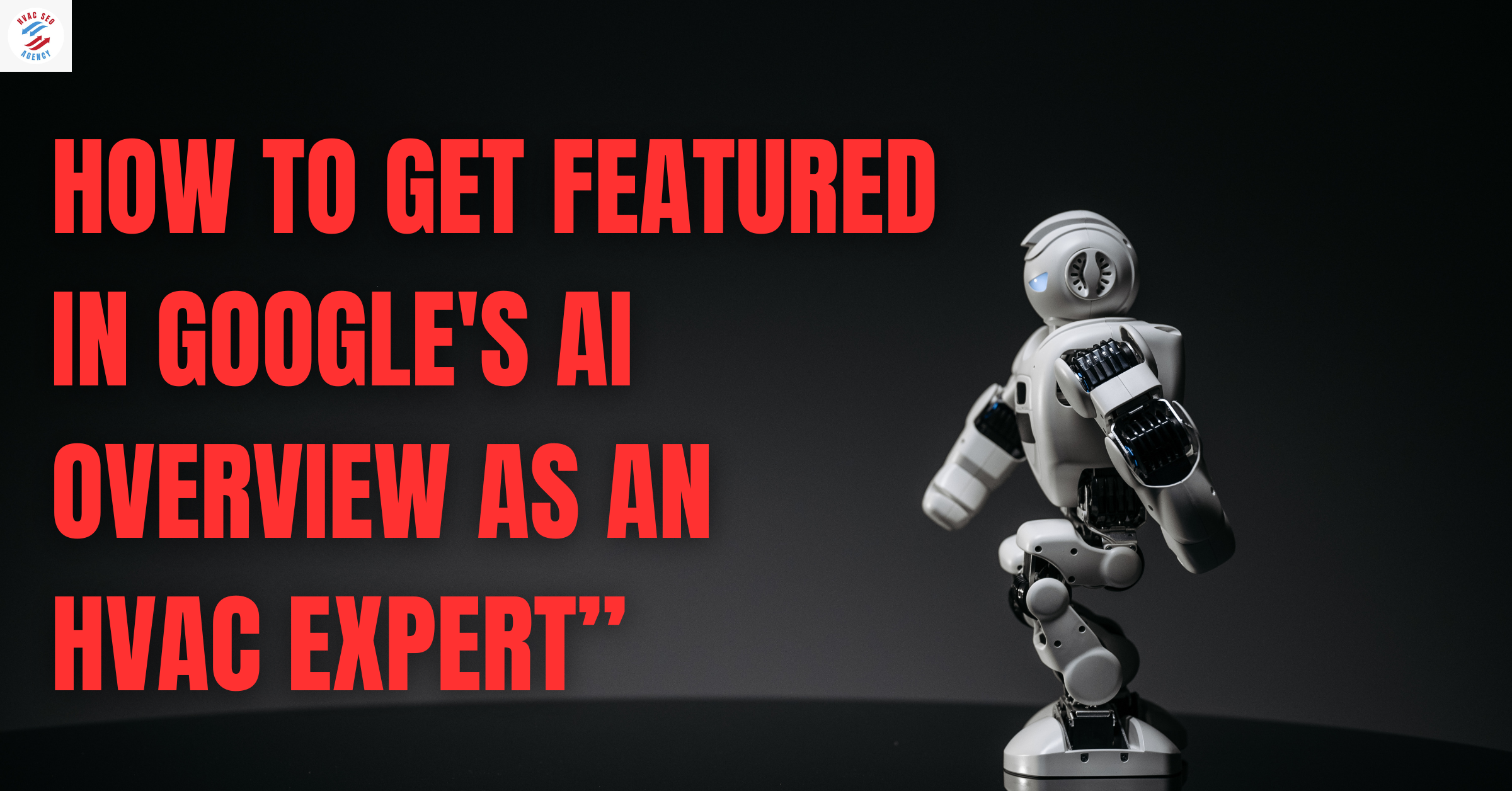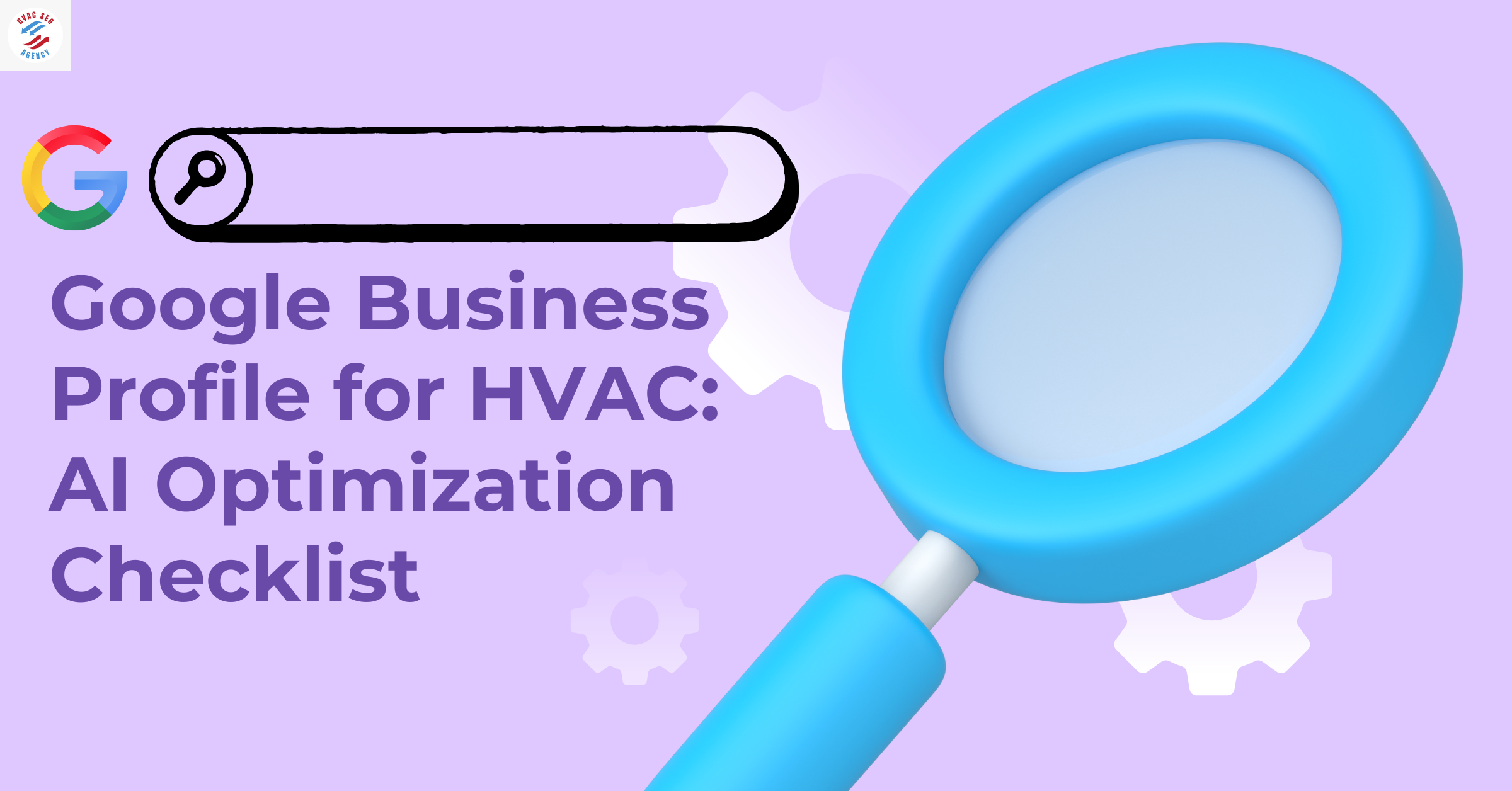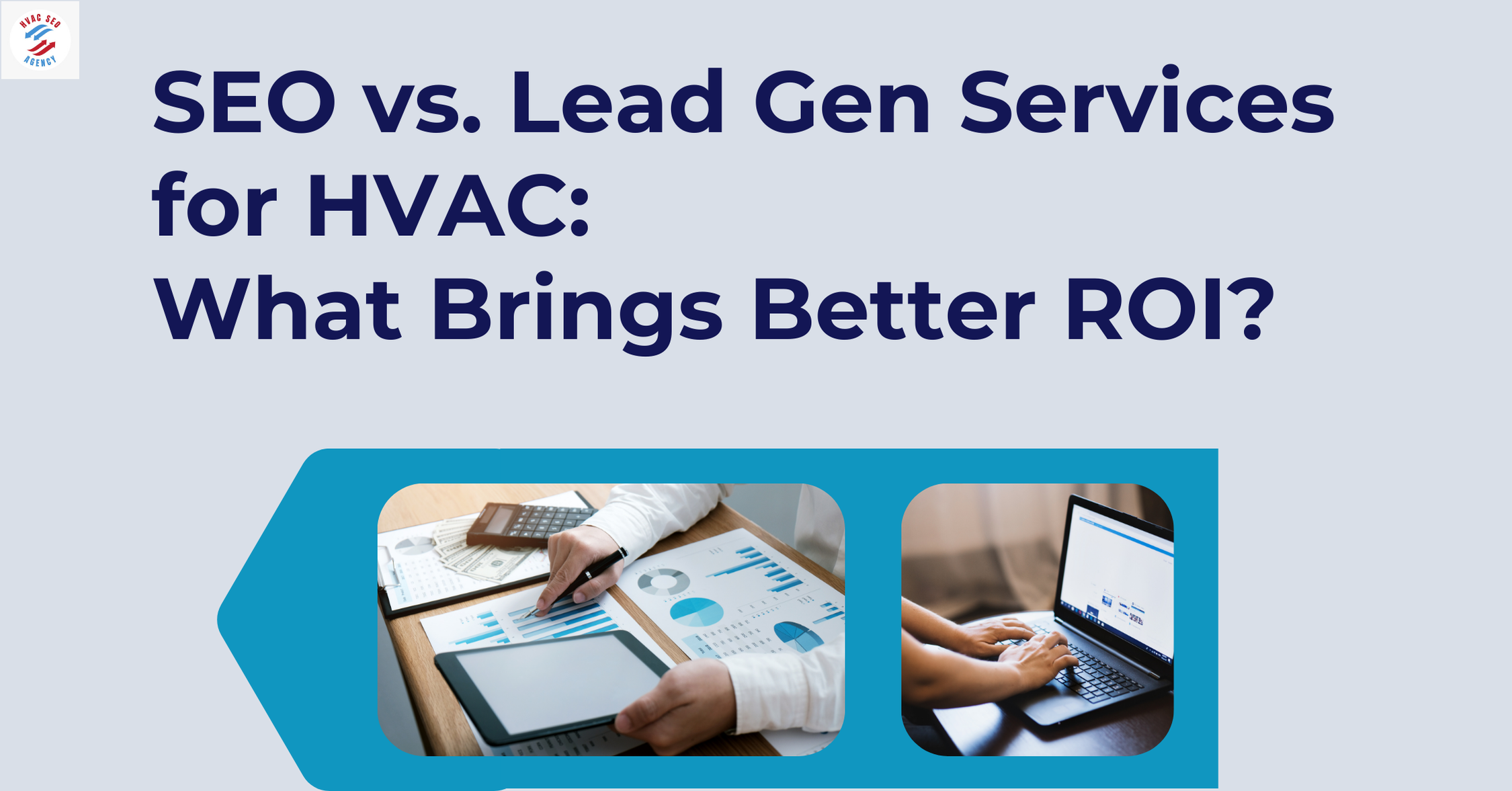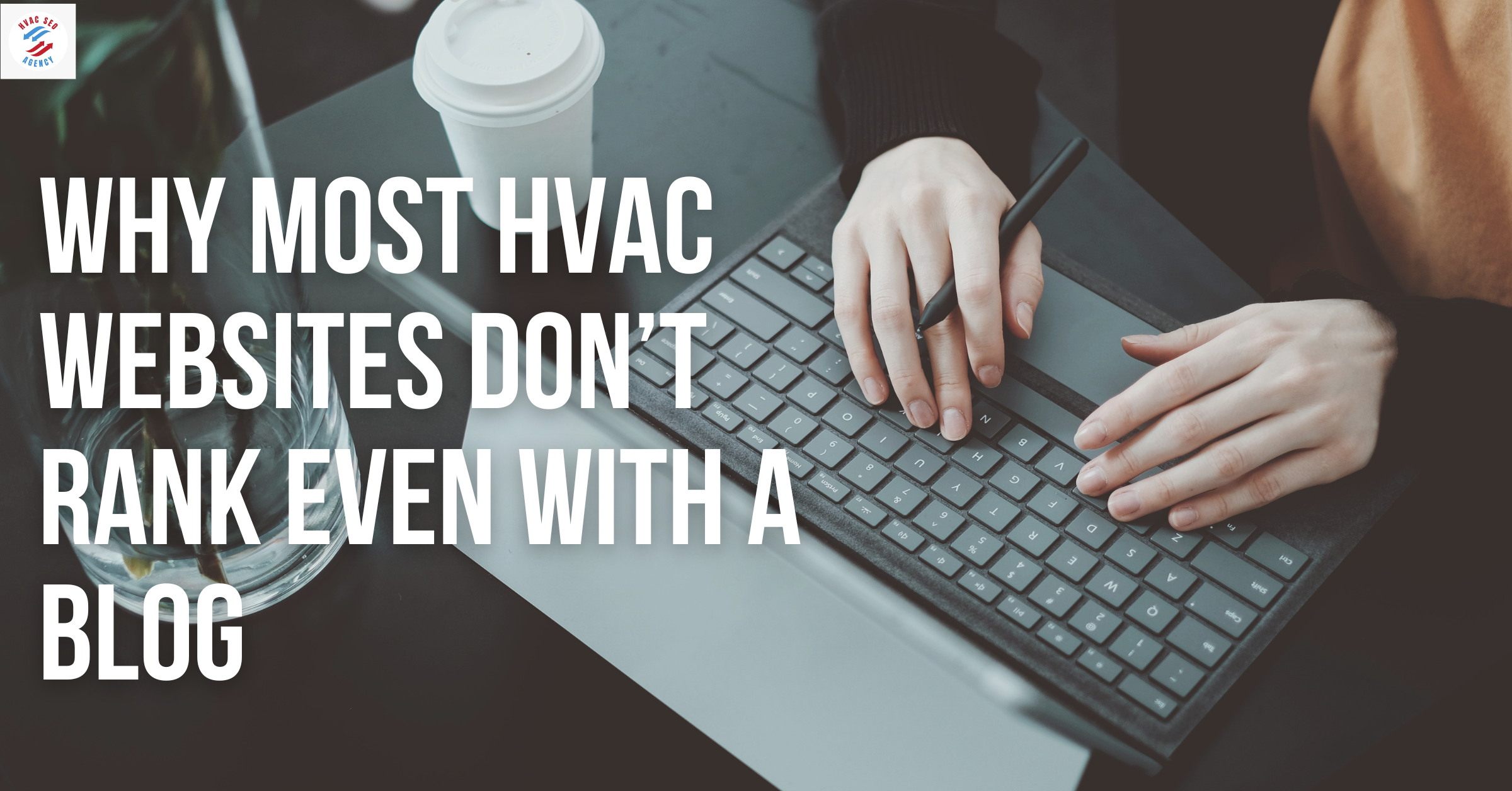How to Secure Funding for Your HVAC Business

I. Why HVAC Business Funding is Critical for Success
Starting and running an HVAC business requires significant financial investment. Whether you are a new entrepreneur entering the HVAC industry or an established contractor looking to expand, HVAC business funding plays a vital role in ensuring sustainability and growth. With increasing demand for heating, ventilation, and air conditioning services across the United States, the competition is high. Without adequate capital, it becomes challenging to invest in equipment, marketing, and skilled labor, three essential pillars of a successful HVAC business.
Why Securing the Right Funding Matters
Unlike many other service-based businesses, HVAC companies deal with high operational costs, including purchasing expensive tools, maintaining vehicles, and managing payroll. Many HVAC contractors fail due to poor cash flow management and lack of proper financing options. The right funding strategy can help in multiple ways:
Investing in Modern Equipment: Upgrading to energy-efficient HVAC systems can set your business apart and improve customer trust.
Managing Seasonal Fluctuations: HVAC services are often in demand during extreme seasons (summer and winter), making it crucial to have a financial cushion for slower months.
Expanding Service Areas: With proper funding, you can enter new markets and attract more clients.
Marketing & Lead Generation: A strong digital presence is essential today. Partnering with an HVAC SEO agency in Houston can significantly boost visibility, helping you secure more leads and contracts.
Common Challenges HVAC Businesses Face Without Funding
Here are some of the most significant obstacles HVAC contractors encounter when they lack proper financing:
This blog provides a step-by-step breakdown of HVAC financing options, helping you determine the best funding sources for your business. Whether you're looking for traditional bank loans, SBA loans, equipment financing, or alternative funding, this guide will equip you with all the essential knowledge to make informed decisions.
Additionally, securing funding isn’t just about covering operational costs, it's about ensuring long-term business growth. A well-funded HVAC company can invest in marketing strategies to increase visibility and customer reach. If you're looking to grow your online presence and rank higher in Google searches, check out our Ultimate Guide to HVAC SEO: How to Rank Higher and Get More Leads. By integrating effective SEO and digital marketing strategies, HVAC businesses can generate consistent leads and make the most of their funding.
By the end of this article, you'll understand:
The best HVAC financing options available in the USA.
How to improve your loan approval chances.
The smartest ways to use funding for business growth.
How an HVAC SEO company can boost your lead generation using affordable digital marketing strategies.
II. Understanding the Cost of Running an HVAC Business
How Much Does It Cost to Run an HVAC Business?
Before applying for HVAC business funding, it's crucial to understand the financial structure of running an HVAC company. This will help you determine how much funding you need and which financing options suit your needs best.
The average startup cost for a small to mid-sized HVAC business ranges from $50,000 to $250,000, depending on location, equipment, and staffing needs. Since HVAC businesses require significant investment in tools, vehicles, insurance, and marketing, choosing the right funding method is critical. If you're new to the process, check out our guide on HVAC Financing: How Does It Work? to understand the different loan types, eligibility requirements, and best practices for securing funds.
Below is a detailed breakdown of HVAC business expenses:
Cost Breakdown Table for an HVAC Business
Why Knowing Your Costs is Essential for Securing Funding
Understanding these costs allows HVAC contractors to:
Choose the Right Financing Option: Some funding options are better suited for equipment purchases, while others are ideal for payroll and marketing.
Request the Correct Loan Amount: Over-borrowing increases debt risks, while under-borrowing limits business growth.
Convince Lenders to Approve Loans: A well-planned cost breakdown increases credibility when applying for SBA loans, business lines of credit, and equipment financing.
Example:
A startup HVAC company in Texas secured $150,000 in SBA funding, allocating:
$80,000 for equipment
$30,000 for payroll
$20,000 for marketing (including working with an affordable HVAC SEO agency)
$20,000 for operational expenses
Within 12 months, they increased their customer base by 40%, proving that smart funding decisions drive business success.
III. Types of HVAC Business Funding Options
Securing the right HVAC business funding is essential for sustainability and growth. HVAC contractors can choose from various HVAC financing options, each designed to meet different financial needs. Whether you require funding for equipment purchases, payroll, expansion, or marketing, selecting the most suitable option ensures your business remains competitive and profitable.
1. Traditional Bank Loans
Traditional business loans from banks and credit unions offer large funding amounts with low-interest rates. However, they require strong credit scores and financial documentation.
Best for: Established HVAC businesses with stable revenue
Pros: Lower interest rates, structured repayment plans
Cons: Longer approval time, strict credit requirements
2. SBA Loans (Small Business Administration Loans)
SBA loans are government-backed loans that offer low-interest rates and flexible repayment terms. These are ideal for small HVAC businesses looking for long-term financial assistance.
Best for: Small HVAC contractors needing affordable long-term financing
Pros: Low-interest rates, flexible repayment terms
Cons: Requires strong financial history, longer approval process
Example: A small HVAC company in Florida secured a $150,000 SBA loan, using it for equipment upgrades and digital marketing, including services from an HVAC SEO Company to attract more clients. Within one year, their revenue increased by 40%.
3. Equipment Financing for HVAC Businesses
HVAC equipment financing allows businesses to purchase expensive HVAC systems, tools, and vehicles without large upfront costs. The loan is secured by the equipment itself, making it easier to qualify for.
Best for: HVAC businesses needing new tools, trucks, or AC systems
Pros: No large upfront payments, tax benefits
Cons: Equipment acts as collateral, interest costs may apply
4. Business Lines of Credit
A business line of credit is a flexible financing option that allows HVAC businesses to borrow funds as needed. Instead of receiving a lump sum, business owners access funds on demand, paying interest only on what they use.
Best for: Covering operational expenses, payroll, and emergency repairs
Pros: Access funds anytime, pay interest only on the amount used
Cons: Higher variable interest rates
5. Business Credit Cards
Business credit cards help cover small day-to-day expenses, marketing costs, and short-term cash flow gaps. Many cards offer cashback and rewards that benefit HVAC business owners.
Best for: Covering small, recurring expenses
Pros: Fast approval, rewards programs
Cons: High interest if not paid on time
6. Crowdfunding & Peer-to-Peer Lending
For HVAC businesses that struggle to secure traditional loans, crowdfunding and peer-to-peer lending provide alternative solutions.
Best for: HVAC startups and businesses with less credit history
Pros: No collateral required, quick funding
Cons: Funding is not guaranteed
Comparison Table: HVAC Business Funding Options
IV. How to Improve Funding Approval Rates
Many HVAC businesses struggle with loan rejections due to poor credit history, lack of documentation, or inadequate business plans. However, with proper preparation, you can significantly increase your funding approval rates and secure the best HVAC financing options available.
1. Strengthening Your Business Credit Score
A high credit score makes it easier to qualify for low-interest business loans and credit lines. Most lenders prefer a credit score of 680 or above.
Steps to Improve Your Business Credit Score:
Pay Bills On Time – Timely payments prevent negative marks on your credit report.
Reduce Credit Utilization – Keep usage below 30% to maintain a strong credit profile.
Monitor Credit Reports – Regularly check for errors that may impact approval chances.
Separate Business & Personal Credit – Having a dedicated business credit profile improves credibility.
Example: An HVAC contractor in California had a credit score of 640 and was denied a business loan. After 6 months of strategic credit improvements, including paying down debts and maintaining low credit utilization, their score increased to 720, securing a $200,000 SBA loan.
2. Creating a Strong Business Plan
A well-documented business plan increases the chances of securing HVAC business funding.
Key Components of a Winning HVAC Business Plan:
Executive Summary – Outlines the business vision and mission.
Market Analysis – Identifies HVAC industry trends, customer demographics, and competitors.
Financial Projections – Includes income statements, cash flow forecasts, and profit margins.
Marketing Strategy – Discusses SEO, paid advertising, and HVAC SEO Agency partnerships for lead generation.
Pro Tip: Investors and lenders favor HVAC businesses that use modern marketing techniques such as working with an Affordable HVAC SEO Agency to increase online visibility and attract more customers.
3. Organizing Financial Documents
Lenders require accurate financial records before approving funding.
Essential Financial Documents for HVAC Business Funding Applications:
Balance Sheets – Shows assets, liabilities, and equity.
Tax Returns – Business tax filings for the past 2-3 years.
Cash Flow Statements – Highlights income vs. expenses.
Profit & Loss Statements – Demonstrates revenue trends.
Example: A New York-based HVAC company organized their financial records properly and received funding approval 3x faster than competitors who lacked documentation.
4. Demonstrating Business Stability & Growth Potential
Lenders look for businesses with long-term growth potential and consistent revenue streams.
Show a Steady Customer Base – Provide data on service contracts and recurring clients.
Highlight Business Growth Plans – Explain how funds will be used for expansion, hiring, and marketing.
Present a Strong Digital Presence – Partner with an HVAC SEO Agency to improve local search rankings and attract high-value clients.
V. Best Practices for Using HVAC Business Funding Wisely
Securing HVAC business funding is just the beginning. How you utilize these funds will determine whether your business grows, sustains itself, or struggles with debt. Many HVAC contractors make the mistake of misallocating their capital, leading to cash flow issues and unnecessary expenses. To maximize your investment, follow these best practices for using your funding efficiently.
One of the most strategic ways to allocate HVAC funding is by investing in marketing and lead generation. HVAC businesses that focus on expanding their digital presence often see a significant increase in service calls and bookings. Implementing Local SEO to Get More HVAC Service Calls can help your business appear in Google’s top search results, ensuring customers in your area find you first. By optimizing your Google My Business profile, local directories, and website content, you can attract high-intent customers and increase revenue without relying solely on paid advertising.
1. Prioritize High-Return Investments
Investing in the right areas can help your HVAC business scale faster and generate consistent revenue. The best ways to allocate your HVAC financing options include:
Purchasing New Equipment & Tools
Upgrading to energy-efficient HVAC systems attracts environmentally-conscious clients.
Modern equipment increases efficiency and reduces operational costs.
Leasing vs. buying: If you lack sufficient capital, equipment financing can provide the latest tools without heavy upfront costs.
Expanding Marketing & Lead Generation
Many HVAC businesses fail due to lack of marketing. Allocating a portion of your HVAC business funding to SEO and digital advertising can increase lead generation.
Partnering with an HVAC SEO Agency in [City] ensures your business appears in local searches, driving more calls and appointments.
Running Google Ads and social media campaigns can generate new leads and increase brand awareness.
Hiring & Training Skilled Technicians
Investing in qualified employees leads to better service quality and higher customer satisfaction.
Training programs help technicians stay updated on new HVAC technologies and efficiency standards.
Competitive salaries and benefits retain experienced employees and reduce turnover.
2. Managing Debt Responsibly
Mismanaging HVAC financing options can lead to financial instability. To avoid unnecessary debt and repayment struggles:
Only borrow what you need – Overborrowing leads to high-interest payments that cut into profits.
Make timely loan repayments – Late payments affect credit scores and limit future funding opportunities.
Monitor cash flow – Track expenses using accounting software to ensure profits exceed expenses.
Avoid high-interest loans – Some financing options (like business credit cards) have interest rates exceeding 20%, making repayment costly.
Case Study Example:
A Texas-based HVAC contractor secured $80,000 in business funding. Instead of spending on unnecessary office renovations, they:
Upgraded their equipment → Reduced repair costs by 30%.
Hired an HVAC SEO Company → Increased website traffic by 60% in six months.
Invested in technician training → Improved service efficiency, leading to more customer
ROI on Marketing Investment for HVAC Businesses
Data for the Graph (Marketing ROI for HVAC Businesses)
VI. Future Trends in HVAC Business Financing
The HVAC industry is evolving, and so are its financing options. Business owners must stay informed about emerging trends to secure the best HVAC business funding opportunities.
1. Increased Government Support for Green HVAC Solutions
The U.S. government is prioritizing energy efficiency and carbon reduction, leading to more funding opportunities for HVAC contractors.
Key Trends:
More grants for eco-friendly HVAC businesses – The Inflation Reduction Act provides $369 billion in incentives for green technologies.
Tax credits for energy-efficient installations – HVAC contractors installing Energy Star-certified systems can offer tax incentives to customers.
Low-interest financing for green upgrades – Many banks and lenders now offer better terms for businesses adopting green technology.
2. AI-Powered Credit Approval Systems
Traditional loan applications often take weeks to process. However, AI-driven lending platforms now approve HVAC business loans in hours.
What This Means for HVAC Businesses:
Faster loan approvals with less paperwork.
AI analyzes business revenue, credit history, and industry trends to offer better loan terms.
More accessible alternative lending options for startups.
3. Flexible Payment Plans & Subscription-Based Financing
Many HVAC contractors now offer financing plans to customers, allowing them to pay over time. This increases service affordability and boosts long-term profits.
Why This Matters:
HVAC businesses can partner with lenders to offer monthly installment plans.
Customers prefer financing options for expensive HVAC installations, leading to higher conversions.
Subscription-based HVAC maintenance services are growing in demand.
Example: A New York HVAC company introduced 0% interest financing for AC installations. Their conversion rate increased by 50% in just 3 months.
HVAC Industry Revenue Growth Over Time
Data for the Graph (HVAC Industry Revenue Growth Over the Years in the U.S.)
Many HVAC contractors struggle to secure the right financing, but those who do it strategically experience substantial business growth. This section highlights real-world case studies of HVAC businesses that used HVAC business funding wisely and transformed their operations.
1. Case Study: Texas-Based HVAC Company Expands with SBA Loan
Company Profile:
Business Name: Lone Star Cooling & Heating
Location: Dallas, Texas
Challenge: Limited working capital restricted business expansion and digital marketing efforts.
Funding Solution:
The company applied for a $200,000 SBA loan to finance equipment upgrades and marketing strategies.
How They Used the Funds:
$100,000 invested in new HVAC tools and energy-efficient equipment to meet the increasing demand for smart home installations.
$50,000 allocated to hiring and training new technicians to scale operations.
$50,000 used for digital marketing, partnering with an HVAC SEO agency in Dallas to improve online visibility.
Results:
Increased customer inquiries by 60% through targeted SEO and PPC advertising.
Boosted revenue by 45% within a year, allowing them to hire five additional employees.
Expanded service area from Dallas to Fort Worth, gaining new residential and commercial clients.
2. Case Study: Florida HVAC Startup Secures Equipment Financing
Company Profile:
Business Name: CoolAir Solutions
Location: Miami, Florida
Challenge: The startup needed state-of-the-art equipment but lacked the capital for upfront purchases.
Funding Solution:
The owner opted for $120,000 in equipment financing to acquire advanced HVAC tools, trucks, and inventory.
How They Used the Funds:
$80,000 allocated to high-efficiency AC units and diagnostic tools.
$30,000 spent on a fleet of service vehicles to improve customer reach.
$10,000 for branding and an optimized website with local SEO through an affordable HVAC SEO agency.
Results:
Cut installation time by 25% using modern diagnostic tools.
Grew client base by 40% within the first year due to improved service quality.
Ranked in the top 3 search results for “best HVAC company in Miami” after SEO optimization.
1. What is the best financing option for an HVAC startup?
The best HVAC financing options for startups include SBA loans, equipment financing, and business credit lines. SBA loans provide low-interest funding, while equipment financing allows startups to obtain necessary tools without upfront payments.
2. Can I get a loan with bad credit?
Yes, HVAC businesses with bad credit can explore alternative funding sources like:
Invoice factoring – Sell unpaid invoices for immediate cash.
Peer-to-peer lending – Connects borrowers directly with investors.
Business credit cards – Offers short-term financing, but interest rates are high.
3. How long does it take to get funding for an HVAC business?
Bank loans: 4-8 weeks
SBA loans: 6-12 weeks
Equipment financing: 1-3 weeks
Business credit lines: 1-2 weeks
Crowdfunding: Varies based on campaign success
4. What are the eligibility requirements for HVAC business funding?
Most lenders require:
A business credit score of 680+ for traditional loans.
At least 1-2 years of business history for SBA loans.
Stable revenue records and financial statements.
Collateral (for secured loans) such as equipment or real estate.
5. Are there government grants available for HVAC businesses?
Yes! HVAC contractors can apply for:
Energy Efficiency Grants – Offered by the U.S. Department of Energy.
State-Specific Small Business Grants – Varies by location.
Tax Incentives for Green HVAC Installations.
Conclusion & Final Recommendations
Securing the right HVAC business funding is essential for both new and established contractors looking to expand, upgrade equipment, or improve cash flow. Without proper funding, many HVAC businesses struggle to keep up with operational costs, seasonal fluctuations, and market competition. Whether you choose SBA loans, equipment financing, business credit lines, or alternative funding options, having a clear plan for how you’ll use the money is critical.
Final Recommendations for HVAC Business Owners
If you’re looking to scale your HVAC business, make sure you:
Choose a funding option that aligns with your growth goals – Whether it’s an SBA loan for expansion or equipment financing to upgrade tools, ensure it serves your long-term vision.
Work on building a strong credit profile – Many HVAC businesses fail to secure funding due to low credit scores or financial mismanagement. Start improving your business credit today.
Invest in high-ROI marketing strategies – Having funding isn’t enough if customers can’t find you. Partnering with an HVAC SEO agency can boost online visibility and generate consistent leads.
Manage cash flow effectively – Avoid overborrowing and focus on using funds efficiently.






